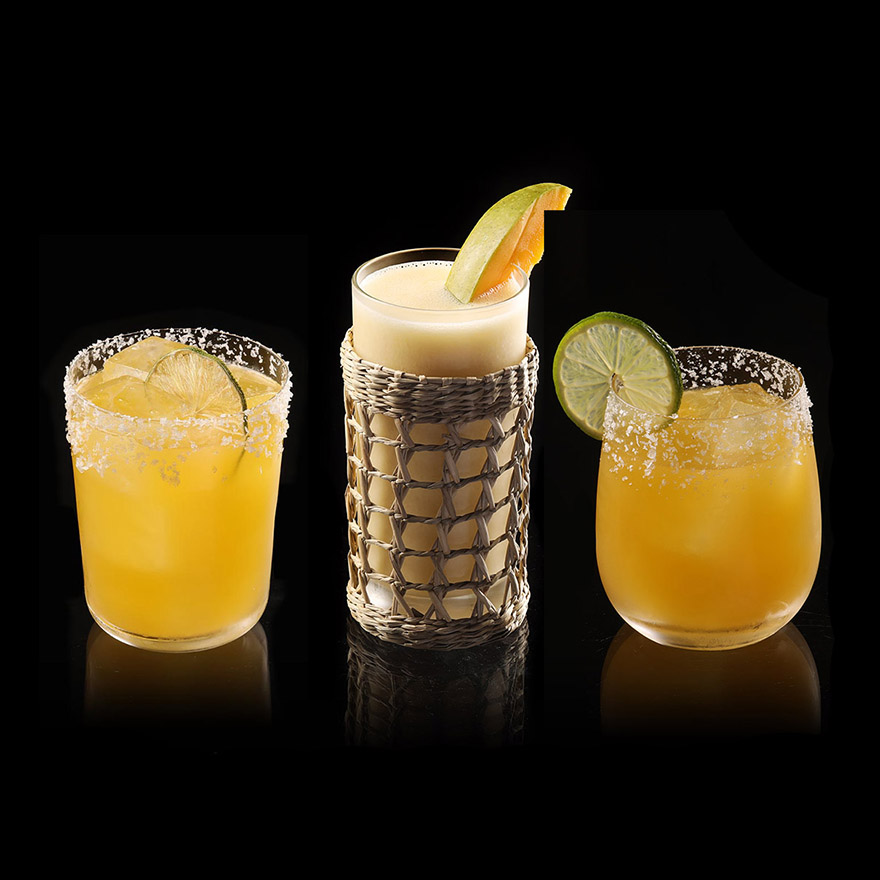Are you a Discerning Drinker?
Join thousands of like-minded professionals and cocktail enthusiasts, receive our weekly newsletters and see pages produced by our community for fellow Discerning Drinkers.
Gin & Tonic

Glass:
Serve in a Collins glass
| 1 2⁄3 oz | Hayman's London Dry Gin |
| 4 oz | Thomas Henry Tonic Water |
Prepare:
- Select and pre-chill a COLLINS GLASS.
- Prepare garnish of lime wedge.
How to make:
- POUR ingredients into chilled glass.
- FILL glass with ice.
Garnish:
- Garnish with lime wedge.
Strength & taste guide:
9th April 2025 is National Gin and Tonic Day
Review:
One of the simplest and best mixed drinks ever devised, hence its lasting popularity.
To serve as a Highball use a smaller 10oz (295ml) Highball glass (in place of a 12oz (355ml) Collins glass) and fill with 45ml (1.5oz) gin and 90ml (3oz) tonic water along with plenty of ice.
History:
The precise origin of the G&T is lost in the mists of time. Gin (or at least a grain-based juniper spirit) was drunk for medicinal reasons from the 1600s onwards. Quinine, the pungent bark extract which gives tonic its distinctive bitterness, had been used against malaria for even longer. The first known quinine-based tonics were marketed during the 1850s.
The popularity of tonic in the British colonies, especially India, is clear with Schweppes launching their first carbonated quinine tonic in 1870, branding it Indian Tonic Water. The ladies and gentlemen of the Raj also drank phenomenal quantities of gin. It is therefore accepted that gin and tonic emerged in India during the second half of the nineteenth century and was drunk partly to ward off malaria.
Nutrition:
One serving of Gin & Tonic contains 157 calories
Alcohol content:
- 1.3 standard drinks
- 11.01% alc./vol. (22.03° proof)
- 18.7 grams of pure alcohol
- More Aperitivo/aperitif cocktails
- More Barbeque cocktails
- More Classic/vintage cocktails
- More Hall of Fame & must know/try cocktails
- More Long drinks & highballs cocktails
- More Summer cocktails
- More Tennis & Wimbledon cocktails
Difford’s Guide remains free-to-use thanks to the support of the brands in green above. Values stated for alcohol and calorie content, and number of drinks an ingredient makes should be considered approximate.

20 best Halloween cocktails
All Hallows' Eve, the 31st of October, is spook night with bizarre costumes, trick-or-treat, pumpkin carving, apple bobbing and bonfires all the rage...
20 best Mango liqueur cocktails
The quality of mango liqueurs has improved dramatically over recent years and I was inspired to create any of the following cocktails when our first bottle...
Autumn / Fall Cocktails
Summer is fading, leaves are starting to scatter the ground and the weather is turning chillier. It's not yet time for winter warmers, but crushed ice-charged...






Join the discussion
Showing 10 of 16 comments for Gin & Tonic.
See discussion in the Forum
Simple, delicious, timeless cocktail.
After reading the comments did some research. Took a recipe from pre-Prohibition, a recipe from Victor Bergeron (Trader Vic) from 1947, and a cocktail book from 1953. Also went out to the websites of various gin makers to view their recipe.
Final cocktail had 1/2 lime, juiced into the glass. Lime was also put on the rim of the glass. Added ice and the gin. Stirred. Added tonic and more ice. Spent lime wedges were put on the ice.